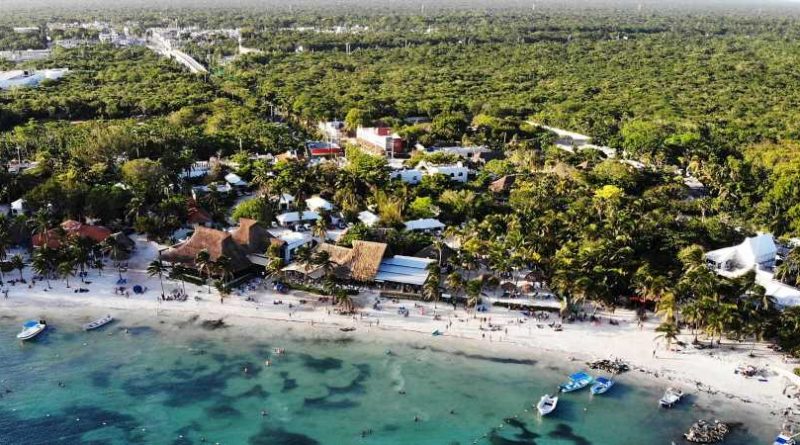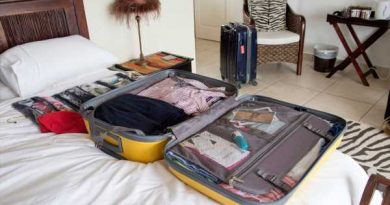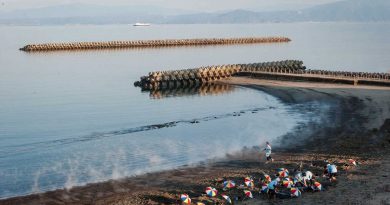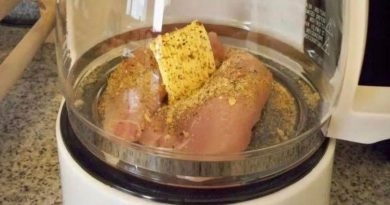What It’s Really Like in Tulum Amid the COVID-19 Pandemic, According to Someone Who Lives There
It was a particularly cold October night when I decided I would relocate to Tulum. Like every other human in the world, my 2020 had not gone according to plan. I had intended to spend it traveling through Southeast Asia, working as a freelance journalist and photographer at the same time, but in March, I found myself back on a flight to New York with no idea how long I would be stuck stateside.
I knew some destinations had reopened, but I had heard Tulum was becoming a hot spot for digital nomads, promising decent Wi-Fi and phenomenal beaches. Pre-pandemic remote workers were accustomed to a lifestyle that meant changing countries every few months, but suddenly, all the doors were closed. When Mexico reopened, the digital nomads came, new coworking spaces opened, and short-term rentals were converted into long-term stays.
I dreamed of bike rides to the beach, and working remotely from home and outdoor cafes, but by the time I arrived, the public perception of Tulum had snowballed into something else entirely. After the Art With Me Festival led to the infection of dozens of attendees, Tulum became a kind of shorthand for pandemic partying.
I expected I could easily avoid these superspreaders by keeping with my 2020 routine of staying home most of the time, but when I arrived, it startled me to see how few people were wearing masks. It wasn't just the tourists, but locals, too, including the employees of some hotels and restaurants. It was like an alternate universe.
What happened in Tulum?
When the lockdown came for Tulum, businesses did their best to weather the storm of cancellations, and the path to a safe reopening spurred hotels and restaurants to operate within the new protocols. Brendon Leach, CEO of Colibri Boutique Hotels, told Travel + Leisure that the entire state of Quintana Roo is reliant on tourism and that reopening the economy was dependent on taking the virus seriously. "It was a privilege to be able to open," Leach said. "And, unfortunately, that perspective has not been seen by all the business owners here."
Mexico has a national stoplight system that sets the reopening limits for each state depending on the number of COVID-19 cases. In late January, the Riviera Maya jumped ahead from yellow to orange, which means businesses will have to lower capacity from 60 to 30%. However, all the beaches will stay open.
When the region was still in the yellow zone, there was some leniency to increase this to 80% during the high season. In Tulum, it's no secret that some, but not all, are operating at full capacity, and even though the Art With Me event led to the cancellation of other festivals in Tulum, private parties and crowded beach clubs with tourists dancing in close proximity are still a reality.
"Most people engaging in these larger events are visitors who are in Tulum for a short period," says Nazieh Fazli, a remote worker who arrived in Tulum in August and cofounded the Coworking Tulum membership program, a platform that provides remote working opportunities in town. I told her that, since I arrived, I had seen one in every 30 people on the street wearing masks. She pointed out that it was much easier to socially distance when everything was outside and in the open. "You are influenced by your surroundings, so when you see that not many people are wearing masks, you might get influenced by that," she said. "But you should be responsible. Respect the local community. You're a guest in this space."
Is Tulum safe?
If you're going to crowded bars, planning on taking off your mask, and dancing with strangers, no, Tulum is not safe. But that goes for any destination in the world. If you stay in a hotel that follows strict protocols, keep your distance from others, and wear your mask properly, you will be much safer. And you can still safely enjoy socially distant activities, like swimming in the Caribbean Sea, visiting the ruins, and enjoying the birdsong that arises every morning from the dense jungle that surrounds the city.
"I do understand we need to recover the economics in the area, but I do believe we should do it with the care and sensitivity needed for the cases, and we should all follow the regulations," said Pablo Gonzalez, director of marketing for the new Aloft Tulum, which is scheduled to open in February with a strict mask policy in place. "I'm not saying the virus will stop, but you decrease the chances of getting people sick."
You may see the parties and crowded restaurants, but these are easy to avoid if you choose — and you should choose — to avoid them. If your waiter arrives at your table without a mask, Gonzalez suggests giving them a gentle reminder. "If you tell them, they do it right away," he said. "They get used to not wearing it and no one telling them, but as soon as you tell one guy, all the others do it."
Most short-term visitors to Tulum stay at hotels located along the beach road or off the main street in the center of town. These parts of town tend to be busier from the afternoon to nighttime. If you don't mind a short commute to the beach, Aldea Zama, a gated neighborhood of newly developed luxury condos, is a good choice for those wanting more space.
If not being on the beach is a deal breaker, the southernmost end of the beach road tends to be its quietest section; the boutique hotels and restaurants there, though potentially busy, cater more to honeymooning couples than the party crowd. Although the Airbnb prices for this neighborhood can be quite high, there are several boutique hotels here, too. Orchid House, for example, is a 10-room boutique property, which has an uncrowded poolside bar and a crow's nest overlooking the jungle that can be booked for private meals.
What is it like getting tested in Tulum?
Although the U.S. recently announced that all travelers will need a test to enter the country, Mexico does not require a test for travelers flying in (land borders are still closed). This has made it the easiest destination for Americans to visit in a time when most other tropical destinations are either closed or require testing, quarantines, and paperwork. Although it may not be required, getting tested before your trip may help you travel with a clear conscience and confidence that you won't be infecting others.
I won't be leaving Tulum for a few months, but I decided to get tested out of caution after my first two weeks. After 30 minutes at Costamed Tulum and a credit card charge of 2499 pesos ($125 USD), I took a PCR test and had my results back in two days. It was negative. In Tulum, safety is a choice you have to make for yourself. It has been an enormous privilege for me to relocate during the pandemic, and following the rules is my responsibility, even when I see others not doing so. During my time here, I wear my mask whenever I have to walk into a crowd or enter a restaurant. I take it off while eating. I also wear it on the busy bike path to the beach, where I swiftly pass walkers and other cyclists. I take it off as I walk on the sand, whenever there's plenty of room to avoid other people.
With new rules requiring Americans to get tested before they return home, many locals in Tulum are hopeful that more travelers will begin to choose safety over partying. Tulum may have evolved into a party destination over the years, but that's not why I came here.
When Tulum first emerged as a stop on the backpacker trail, there was no social media clout to be earned or beach club ragers to attend. There was only the jungle, the sea, the ruins, and the cenotes. All these things can easily be enjoyed with some distance between you and your fellow travelers and respect for the local businesses and communities that make Tulum possible.
Source: Read Full Article




